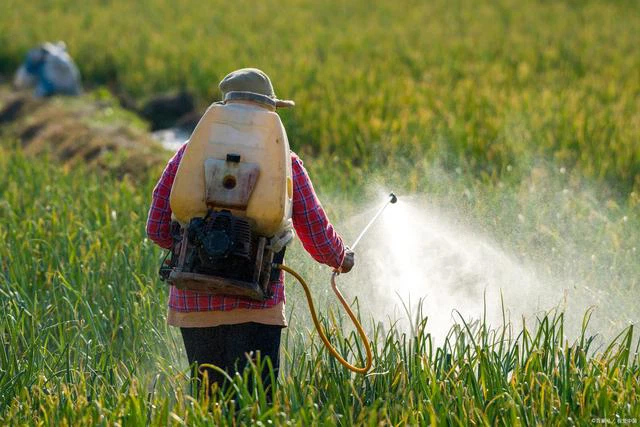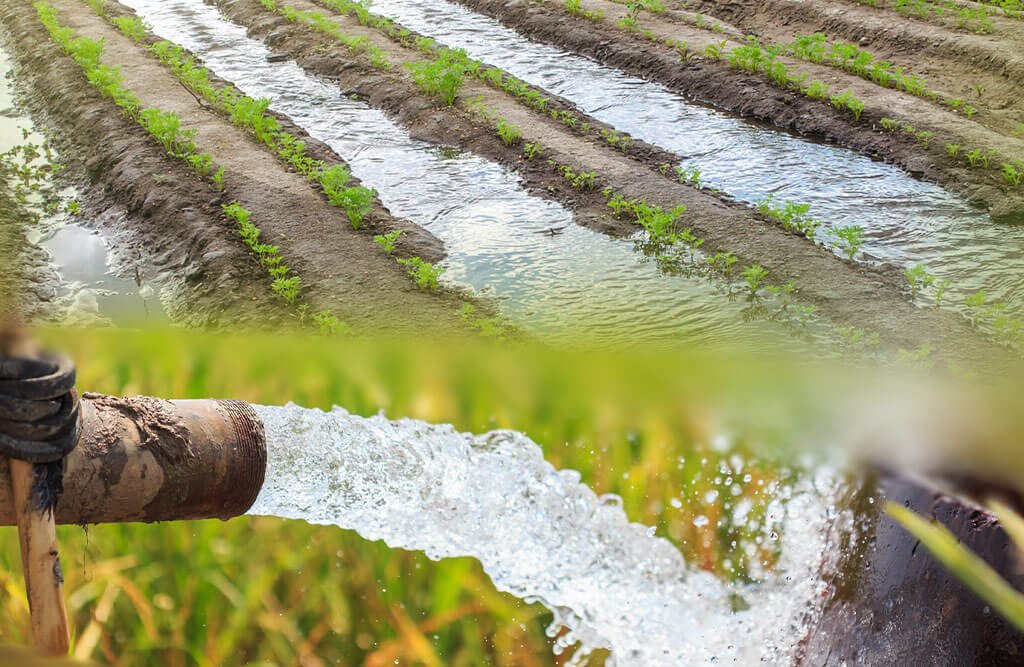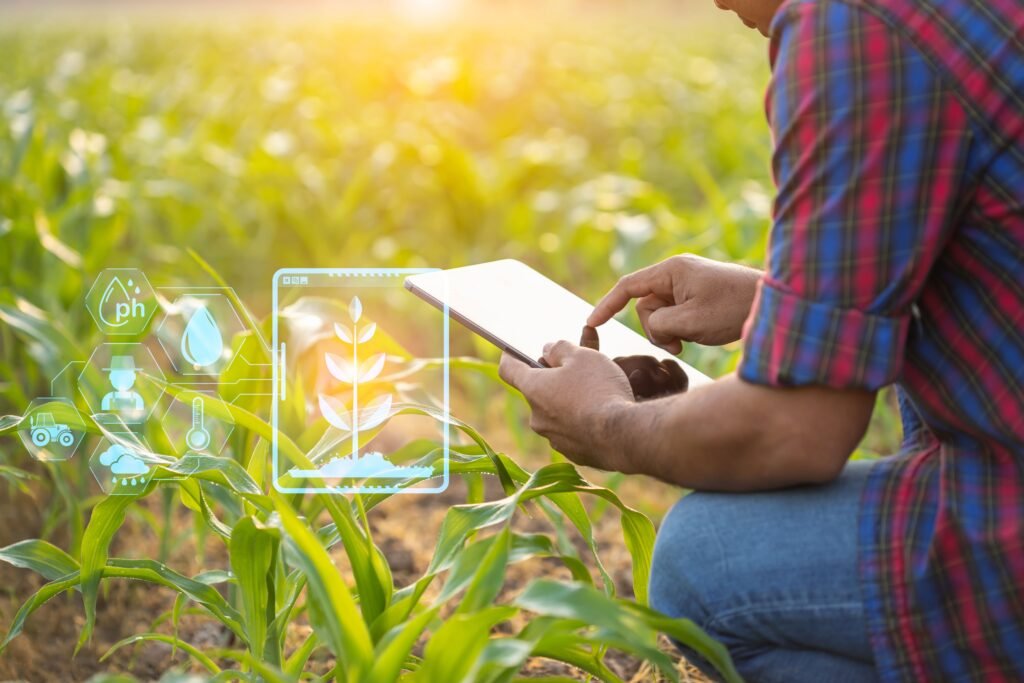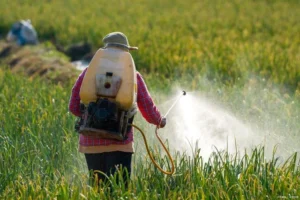Introduction
Identifying crop diseases early is crucial for effective management and minimizing losses in agricultural production. With advancements in technology, farmers now have access to a variety of methods for detecting and diagnosing plant diseases. Early identification allows for timely interventions, which can prevent the spread of diseases and protect crop yields. This article outlines several key techniques for identifying crop diseases, including traditional methods such as visual inspection and modern technological approaches like image processing and remote sensing. By understanding these methods, farmers can enhance their ability to maintain healthy crops and optimize agricultural productivity.
Traditional Identifying Crop Diseases Methods

1. Visual Inspection
Visual inspection remains one of the most straightforward methods for identifying crop diseases. Farmers and agronomists can look for signs such as:
- Leaf Discoloration: Yellowing, browning, or spotting on leaves can indicate various diseases.
- Wilting: Plants that appear droopy or wilted may be suffering from root rot or other issues.
- Growth Patterns: Stunted growth or unusual plant shapes can signal underlying health problems.
Regular monitoring of crops allows for early detection of symptoms, enabling timely interventions.
2. Knowledge of Common Diseases
Familiarity with the common diseases affecting specific crops is essential for effective identification. For instance:
- Wheat Rust: Characterized by reddish-brown pustules on leaves.
- Powdery Mildew: Appears as white, powdery spots on leaves and stems of various crops.
- Blight: Common in potatoes and tomatoes, blight leads to dark, water-soaked lesions on leaves.
Understanding the specific vulnerabilities of different crops helps farmers recognize potential threats.
Modern Identification Techniques

1. Image-Based Detection
Advancements in image processing and computer vision have revolutionized the way Identifying Crop Diseases.
- Digital Imaging: Using cameras mounted on drones or ground-based sensors, farmers can capture images of their fields. These images can be analyzed to detect early signs of disease.
- Automated Analysis: Machine learning algorithms process these images to classify healthy and diseased plants based on features such as color, texture, and shape.
Image-based techniques offer objective assessments and can cover large areas quickly, making them efficient for modern farming practices.
2. Remote Sensing
Remote sensing technologies utilize satellite or aerial imagery to monitor crop health over extensive areas.
- Multispectral Imaging: This technique captures data across multiple wavelengths to assess plant health indicators that are not visible to the naked eye.
- Thermal Imaging: Thermal sensors can detect temperature variations in plants, which may indicate stress due to disease or environmental factors.
Remote sensing provides valuable data that helps in Identifying Crop Diseases outbreaks before they become widespread.
3. Sensor-Based Detection
Various sensors can be deployed in fields to monitor physiological changes in plants indicative of disease presence.
- Optical Sensors: These measure reflectance properties of plant tissues in different spectral bands. Changes in reflectance due to disease can be detected early.
- Electrochemical Sensors: These sensors analyze electrical properties of plant tissues, such as pH and conductivity, which may vary when a plant is infected.
Sensor networks provide continuous monitoring capabilities, allowing for early detection and intervention.
4. Molecular Techniques
Molecular methods offer precise identification of pathogens responsible for crop diseases.
- Polymerase Chain Reaction (PCR): PCR techniques amplify specific DNA sequences from pathogens, allowing for accurate identification even at low concentrations.
- Immunofluorescence Assays: These techniques use antibodies tagged with fluorescent dyes to detect specific pathogens in plant tissues.
While these methods are highly accurate, they often require specialized equipment and expertise.

Conclusion
Identifying common diseases is essential for effective management and ensuring agricultural productivity. By combining traditional methods such as visual inspection with modern technologies like image processing, remote sensing, sensor-based detection, and molecular techniques, farmers can enhance their ability to detect diseases early and implement timely interventions. As agriculture continues to evolve with technological advancements, adopting these identification strategies will be crucial for maintaining healthy crops and maximizing yields.
Stay informed about the latest developments in Identifying Crop Diseases —consider integrating advanced technologies into your farming practices to safeguard your crops!
Q&A Section
Q: What are some signs of crop diseases I should look for?
A: Signs include leaf discoloration, wilting, stunted growth, and unusual spotting or lesions on plants.
Q: How does image-based detection work?
A: Image-based detection utilizes digital images captured by drones or sensors, which are analyzed using machine learning algorithms to identify healthy versus diseased plants.
Q: What are the benefits of using remote sensing for disease detection?
A: Remote sensing allows for large-scale monitoring of crops, providing valuable data on plant health indicators that may not be visible through traditional methods.
Resources
- Current and Prospective Methods for Plant Disease Detection – PMC
- The Crop Disease Detection Techniques | An Overview – Saiwa.ai
- Identification of Leaf Diseases in Field Crops – Frontiers







